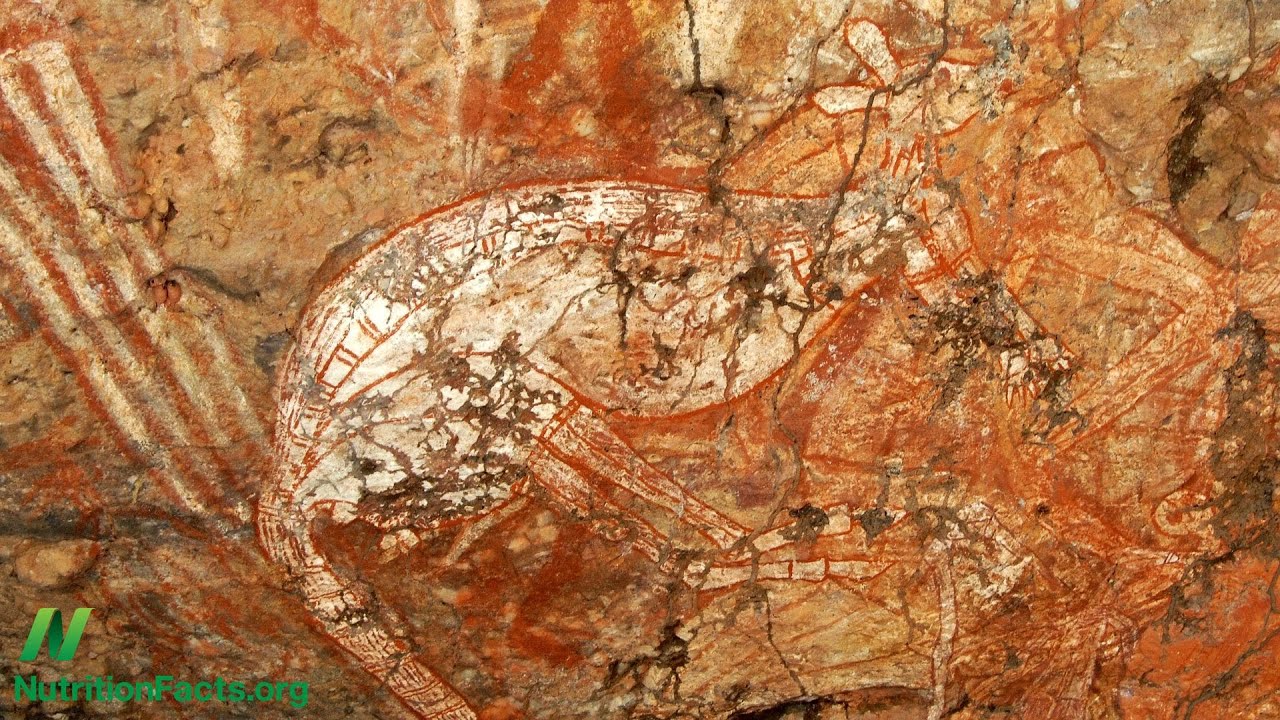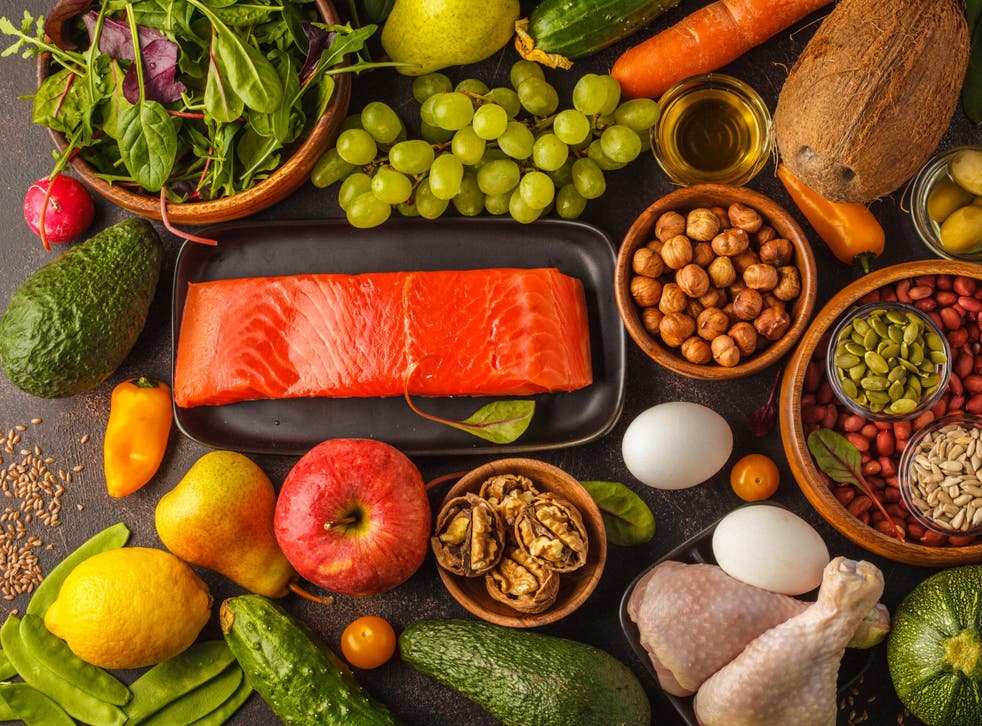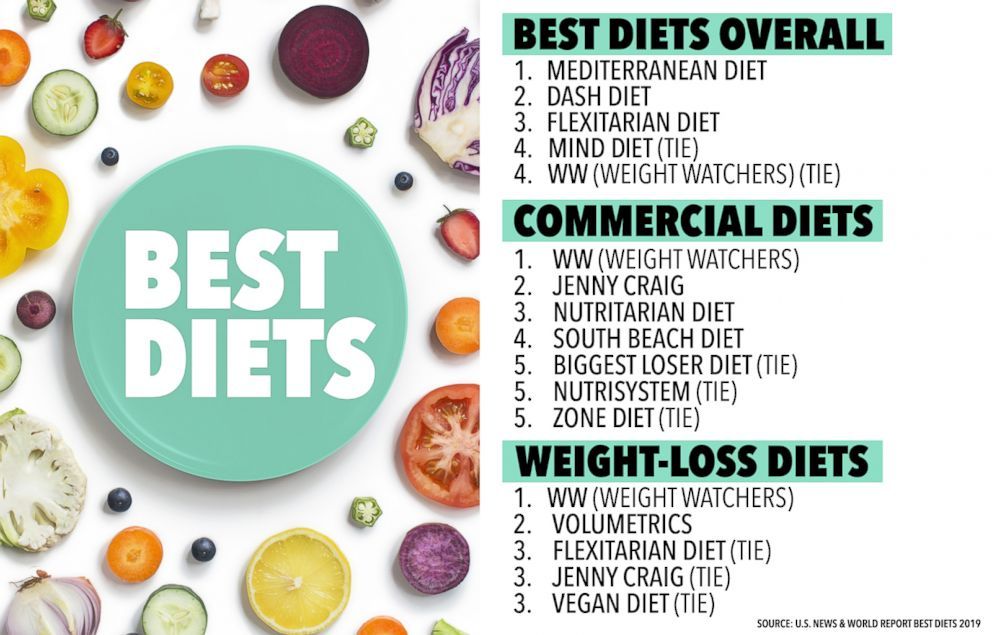
You may be asking yourself, "Who developed the Paleo diet?" American scientist Dr. Loren Cordain is the one who created the Paleo diet. He specializes in nutrition and exercise physiology. He is also a leading advocate of Paleo. Which one of these men should we believe? Or is it just another myth? This fascinating diet is revealed in this article.
Dr. Loren Cordain
Paleo, a controversial lifestyle plan, encourages you to eat foods your hunter-gatherer forefathers ate millions of year ago. This diet is based in part on research into Stone Age food, which was high in potassium and low in salt. Many modern diseases are linked to high salt intake, which is not found in the Stone Age diet. Dr. Cordain says that eating like our caveman ancestors did can prevent many illnesses.
Cordain is an authority on nutrition and human development. He has published many scientific articles. His research has been featured by many major media outlets, including Dateline NBC as well as the front page of The New York Times. He has also written three books about the subject and a newsletter. Check out these resources for more information on the Paleo diet.
The Paleo Diet is divided into three levels: the basic, intermediate and advanced. The lowest level allows for fewer "open meals" and allows for more foods that we are not allowed to eat. However, you can eat legumes and other seed but only in moderation. You can have up to 20 meals per week and 20 snacks at the highest level. If you want your life to be long and prosperous, the diet should be followed for a lifetime.

This diet is based upon the assumption that high protein intakes are reflected in hunter-gatherers. However, Cordain cites research to support his theory by using an ethnographic atlas of 229 hunter-gatherer societies. According to his research, 73% of them got more than 50% of their energy from animal foods and only 14 percent ate plants. Katherine Milton, however, rebutted Cordain's findings in Am. J. Clin. Nutr. 71:665-667.
Although Dr. Cordain's hypothesis may sound appealing, there are many strong counterarguments. Cordain claims a diet low on fat and carbohydrates can increase one’s risk of getting cancer. However, the evidence is against this hypothesis. For example, the diet's health benefits outweigh any potential drawbacks. Cordain's study also points to its many limitations and is not yet definitive.
Walter Voegtlin
The Paleolithic diet is a way of eating that has been around for 35 years, if not longer. The Stone Age Diet was developed by gastroenterologist Walter Voegtlin, who developed the diet after studying man's dietary habits and ecology. His research found that the diet was good for people suffering from common digestive problems. This diet has many health benefits including improved brain function, and a lower risk of colon cancer.
Voegtlin based the diet on the fact that humans evolved as carnivores, so we should do the same. Voegtlin believed humans were genetically similar to sheep and dogs, so he recommended a carnivorous diet. Advocates of the diet point to current data which is mixed, but generally favorable. However, they should remember that modern humans have not adapted to the paleo diet as much as animals did ten thousand years ago.
Walter Voegtlin used the chemistry of foods to show the effectiveness of his diet in "The Real Diet of Man". This book also discusses low-glycemic foods and high fiber as well balanced essential oils. It focuses on the foods that make the body work optimally. Ted Slanker & Walter Voegtlin are the authors. They have been reporting about nutrition research basics for over 15 years. They distill complex studies into essential nutrients for human wellness.

Paleo is not suitable for all food groups. This includes processed foods, sugars, salt, and grains. Because they are grain-fed, some animals are not suitable. In addition, modern fruits & vegetables are much different than the ones eaten during paleolithic eras. In fact, some Paleo diet enthusiasts cite studies that have only a small number of subjects and are not long-term. These studies are not supportive of the Paleo Diet as a whole.
It is imperative to study animal diets as the Paleolithic food system is based upon animal protein. Despite the fact that Paleolithic diets were not entirely vegetarian, it does have a strong influence on modern humans. Many of these researchers believe that animals' diets were not entirely vegetarian or vegan. Although eating more fat and meat may reduce cholesterol, it can also improve cardiovascular fitness.
FAQ
How do you become a chef?
There are many ways to become a chef. To start, you can take a course at your local community college. You might also consider going to culinary school. A paid internship is another option.
Where can I purchase high-quality kitchen equipment
High-quality kitchen equipment can be purchased online. There are many online shops that sell all sorts of kitchen tools. However, it is important to check reviews and ratings before making any purchase of kitchen equipment. Ask others who have used similar items if you would like to recommend them.
What should a beginning cook learn first?
For beginners, it is best to begin with something simple like pasta, rice or soup. Learn how to cook with a recipe book, YouTube video or other resources. Cooking with friends is much more enjoyable. Enjoy cooking with your family, friends, or both.
How long does it take for you to learn to cook? What time do you need to learn how to cook?
It depends on your level of skill. Some people can learn basic cooking techniques in as little as a week. Others may take several months or longer to feel competent enough to teach themselves how they cook.
The amount of time needed to learn to cook varies considerably based on the person. An example: Someone who has never cooked before may need more time than someone who makes regular meals. Certain types of cooking require more skill than others. For instance, baking requires more knowledge than frying.
If you want to learn how quickly you can cook, you should focus on learning a specific technique. Once you have perfected that technique, you can move on. You shouldn't stress about how long it takes to learn how cook. Keep practicing and enjoying the process.
Do I require any special equipment?
Cooking doesn't require special equipment. However, it can be easier to use the right tools. A knife can be used instead of a fork when making pasta, or a whisk could be used to whip up stiff egg whites. Having the right tools makes cooking less intimidating and allows you to start faster.
Statistics
External Links
How To
How to make a perfect eggroll
Omelets is one of my favourite breakfast foods. How do you make them perfect? Many different recipes and methods have failed to work for me. So I wanted to share some tips and tricks so that you can make delicious, fluffy omelets every morn.
When making omelets, it is important to be aware that eggs can be temperamental. They must be fresh, preferably from the organic market, and be kept cold until cooking. They must be kept cool, otherwise the whites will not form properly and the yolks may become runny. Your omelets will look strangely colored if this happens. If you're going to cook them immediately, it is best if the eggs are still warm.
You might also try separating the egg before adding to the pan. The yolk and white should not be mixed together as this can cause the omelet's curdle.
You might burn the bottom of the egg if you place the egg directly on the stovetop. This could ruin the texture of your omelet. Instead, heat the egg in a microwave for 10 seconds and then place it in a pan. The microwave heat cooks your egg just right, without it becoming too soft.
Next, let us talk about how to mix the eggs. When you mix eggs together, you want to beat them well. To do this, take the bowl from the mixer and flip it upside-down. Next, shake the bowl vigorously. This will whip the air around the bowl and mix the egg well.
The fun part begins - you need to pour the milk into your mixture. Fold the eggs in the milk mixture by first pouring half of it into the egg whites. You don't need to worry if streaks remain. They will disappear once you flip your omelet.
After you have folded the eggs, heat the oil in a pan over medium heat. Once the oil has started to sizzle, turn the heat down to low. Add 1/4 cup butter to the oil and swirl it around to coat all sides of the pan. Carefully open the pan's lid and add salt to the pan. A pinch of salt will prevent your omelet from sticking in the pan.
Cover the pan once you have formed the omelet. Wait for the top to set. Flip the omelet by using a spatula. Cook the other side for about a minute. Serve immediately after removing the omelet from its pan.
This recipe works best with whole milk, but skimmed milk also works.